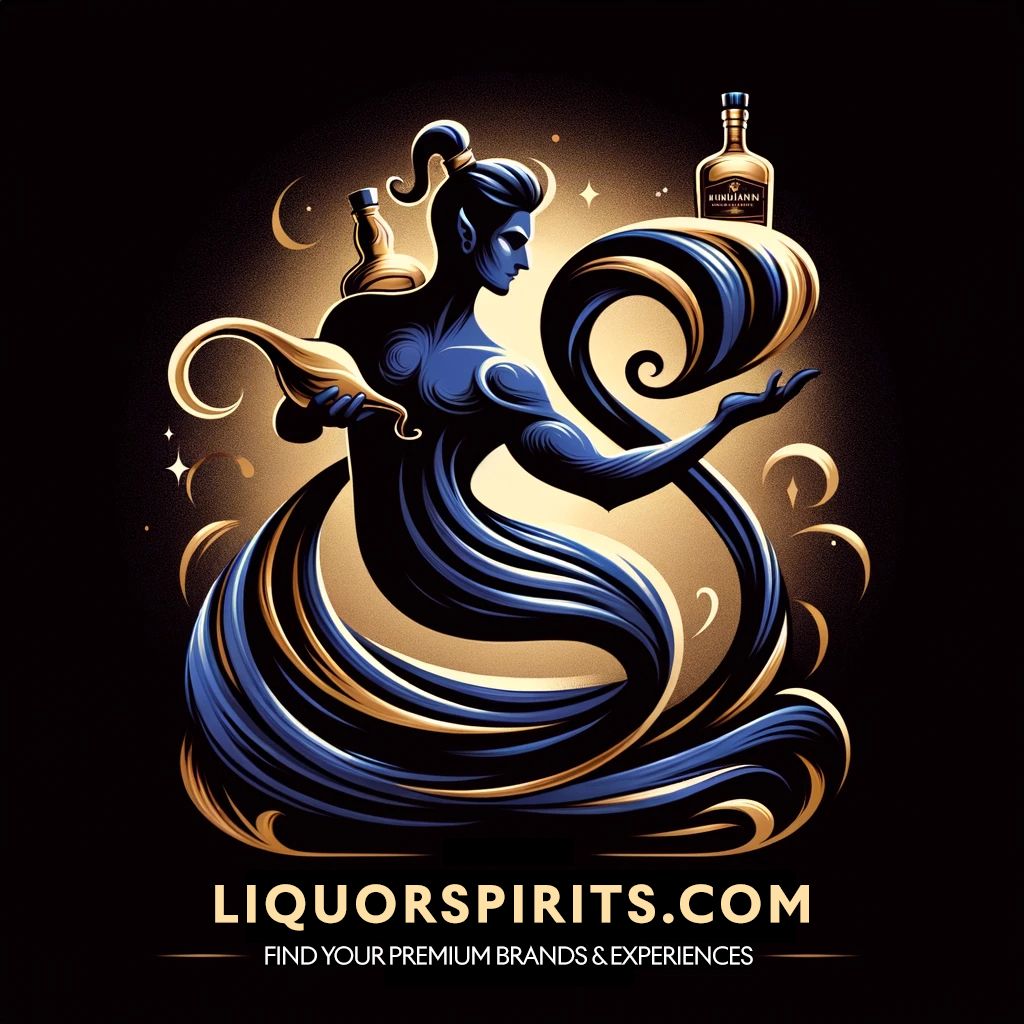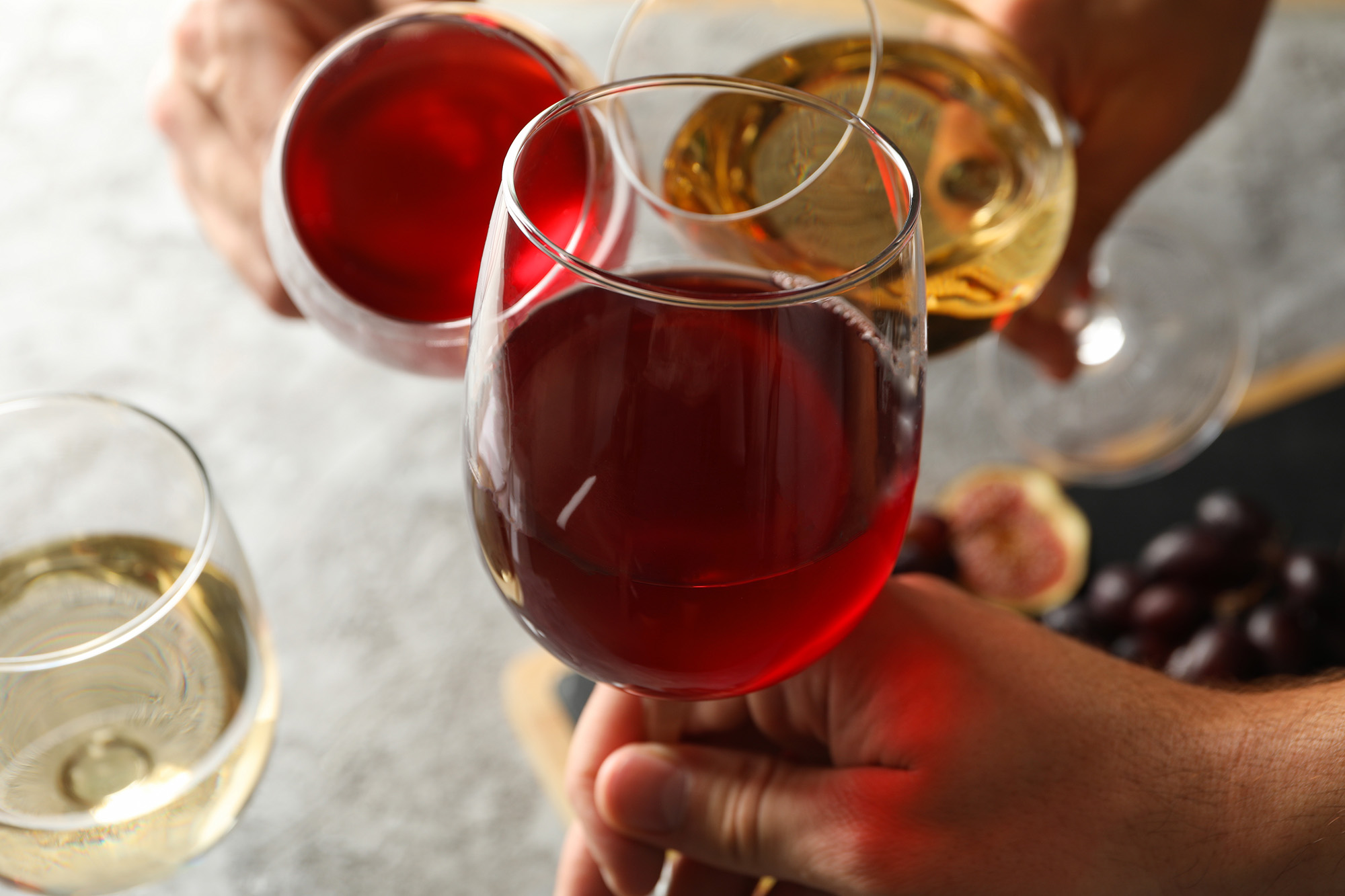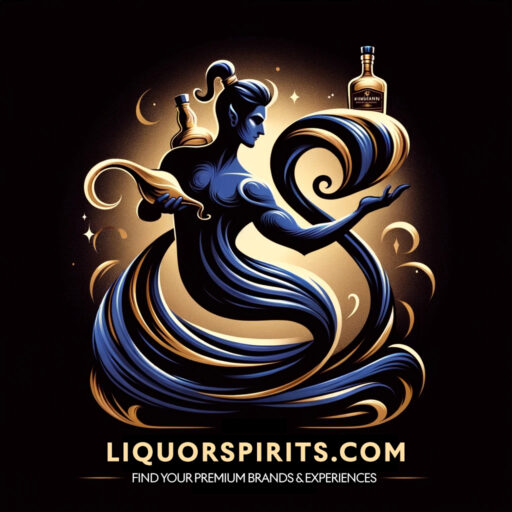Exploring the Evolution of Wine Trends: From Classic to Contemporary
The wine industry has witnessed significant transformations over the centuries, reflecting changes in consumer tastes, technological advancements, and cultural shifts. Today, as we traverse the timeline of wine trends, we see an industry that is as rich in history as it is dynamic in its evolution. This article delves into the past, examines the present, and peers into the future of wine trends, providing insights into how and why they’ve changed over time.
Historical Foundations: The Classical Wine Era
Historically, wine production and consumption were heavily influenced by geography and tradition. Old World wines, from regions like France, Italy, and Spain, dominated the scene with their strict appellation laws and classical grape varieties such as Cabernet Sauvignon, Chardonnay, and Merlot. These wines were characterized by their adherence to regional characteristics and winemaking techniques passed down through generations. The emphasis was on terroir—the unique environment in which a wine was produced, including factors like soil, topography, and climate, which were thought to be expressed in the flavor of the wine.
Revolution and Innovation: The Modern Wine Movement
The latter half of the 20th century marked a revolutionary period in the wine industry, spurred by innovations in winemaking technology and a shift in global economic dynamics. The New World wine regions—primarily the United States, Australia, South Africa, and South America—began to emerge. These areas embraced more experimental approaches to winemaking, often combining traditional techniques with modern technology to create wines that were both high in quality and broad in appeal.
During this period, the global wine market also saw the rise of varietal wines, which are labeled with the variety of grape used rather than the region of origin. This shift was largely driven by consumer demand for more approachable, understandable products. It led to the popularization of wines that highlighted specific grape characteristics, making them easier for consumers to identify and select based on taste preferences.
The Contemporary Scene: Diversity and Sustainability
Today, the wine industry is marked by its diversity and a strong shift towards sustainability. Consumers are increasingly knowledgeable and interested in organic, biodynamic, and natural wines, which reflect a broader societal move towards environmental responsibility and healthier living. Wineries around the world are adopting sustainable practices, not only in the vineyard but throughout the production process, to minimize their environmental impact and appeal to eco-conscious consumers.
Another contemporary trend is the growing interest in lesser-known regions and indigenous grape varieties. As adventurous consumers seek new and unique wine experiences, there’s been a surge in popularity for wines from Eastern Europe, such as Georgia and Croatia, and from ancient winemaking regions that are rediscovering their heritage.
The Future of Wine: Technology and Personalization
Looking forward, technology is set to play an even more significant role in shaping wine trends. Innovations such as precision viticulture, which uses GPS and IoT technology to maximize vineyard yields and grape quality, are already making waves. Additionally, augmented reality and blockchain can provide more interactive and informative consumer experiences and greater transparency in wine production.
Personalization will also be a key trend, with more wineries offering customized wine subscriptions and recommendations based on individual consumer data. The integration of AI in assessing consumer preferences and predicting market trends will further tailor the wine experience to individual tastes, potentially revolutionizing how wine is marketed and consumed.
Conclusion
The evolution of wine trends is a testament to the industry’s resilience and adaptability. From the deep-rooted traditions of the Old World to the innovative practices of the New World, wine continues to be a dynamic and evolving part of global culture. As we look to the future, the fusion of technology, sustainability, and personalization is likely to continue driving the industry, making wine more accessible and enjoyable for connoisseurs and casual drinkers alike.






